
Nutro Natural Choice Senior Small Breed Review nutro dog food Buying Guide – Oemiu
Nutro Natural Choice Senior Small Breed: A Deep Dive for Your Aging Companion
Choosing the right food for your senior small breed dog is a critical decision. As our furry friends enter their golden years, their nutritional needs change significantly. They require carefully balanced diets that support their aging bodies, maintain their energy levels, and address age-related health concerns. Among the many options available, Nutro Natural Choice Senior Small Breed stands out as a popular choice. But is it truly the best option for your beloved companion? This comprehensive guide will delve into the specifics of this dog food, exploring its ingredients, benefits, potential drawbacks, and ultimately helping you make an informed decision about whether it’s the right fit for your senior dog. We’ll also explore key considerations when evaluating dog food options and understanding the nuances of senior dog nutrition.
Understanding the Nutritional Needs of Senior Small Breed Dogs
The transition to seniorhood marks a significant shift in your dog’s metabolic and physiological needs. Smaller breeds generally have longer lifespans than larger breeds, but they still experience age-related changes that require dietary adjustments. One of the most important factors is calorie control. Senior dogs often become less active, leading to a slower metabolism and a tendency to gain weight. Obesity can exacerbate existing health problems and contribute to new ones, such as arthritis, diabetes, and heart disease. Therefore, a senior dog food formula should typically contain fewer calories than an adult formula.
Protein remains essential for maintaining muscle mass and supporting overall health in senior dogs. However, it’s crucial to ensure that the protein is easily digestible and of high quality. Senior dogs may have reduced digestive efficiency, making it harder for them to absorb nutrients from their food. High-quality protein sources, such as chicken, lamb, or fish, provide essential amino acids that are readily utilized by the body. It’s also important to look for easily digestible carbohydrate sources, like brown rice or oatmeal. These offer a sustained release of energy without causing rapid spikes in blood sugar levels, a common concern for older dogs. Fiber is another vital component of a senior dog’s diet. It promotes healthy digestion, prevents constipation, and can help manage weight by increasing satiety. Look for ingredients like beet pulp, pumpkin, or flaxseed, which are excellent sources of fiber.
Finally, senior dog food should be fortified with antioxidants and other nutrients that support cognitive function and immune health. Ingredients like vitamin E, vitamin C, and omega-3 fatty acids can help protect against cellular damage and reduce inflammation, thereby contributing to overall well-being. Glucosamine and chondroitin are also commonly added to senior dog formulas to support joint health and mobility. When evaluating Nutro Natural Choice Senior Small Breed or any other senior dog food, consider these factors to ensure that it meets your dog’s unique needs. Always consult with your veterinarian to determine the optimal diet for your senior dog, especially if they have any underlying health conditions. Exploring options such as **Nutro dog food for seniors with sensitive stomachs** can also be a helpful approach for dogs with specific sensitivities.
Nutro Natural Choice Senior Small Breed: A Detailed Analysis
Nutro Natural Choice Senior Small Breed formula is specifically designed to address the unique needs of older, smaller dogs. The primary focus is on providing a balanced and easily digestible diet that supports healthy aging. Let’s take a closer look at the ingredients, guaranteed analysis, and overall benefits of this particular food.
The ingredient list is generally considered to be of good quality, with real chicken as the first ingredient, followed by other nutritious components. Chicken provides a high-quality source of protein, crucial for maintaining muscle mass in senior dogs. Brown rice serves as a digestible carbohydrate source, providing sustained energy without causing rapid blood sugar spikes. Split peas offer additional protein and fiber, contributing to healthy digestion and satiety. Chicken meal provides a concentrated source of protein and essential nutrients. However, some pet owners may prefer to see whole grains listed higher on the ingredient list.
The guaranteed analysis provides a breakdown of the key nutrients in the food. Typically, Nutro Natural Choice Senior Small Breed contains a minimum of 25% crude protein, 13% crude fat, and 4% crude fiber. The moisture content is usually around 10%. These values are within the recommended ranges for senior dog food, but it’s essential to consider your dog’s individual needs and activity level. The formula is also fortified with vitamins and minerals, including vitamin E, vitamin C, glucosamine, and chondroitin. These nutrients support immune health, cognitive function, and joint mobility.
The benefits of Nutro Natural Choice Senior Small Breed include its focus on easily digestible ingredients, which is crucial for senior dogs with potentially compromised digestive systems. The inclusion of glucosamine and chondroitin promotes joint health and can help alleviate arthritis symptoms. The balanced blend of protein, fat, and carbohydrates supports overall health and maintains a healthy weight. Many dog owners also appreciate that Nutro is a well-established brand with a reputation for quality and safety. The kibble size is also specifically designed for small breed dogs, making it easier for them to chew and digest. While this option is appealing, remember to check for **Nutro dog food discounts** to ensure budget suitability.
However, there are also potential drawbacks to consider. Some dogs may be sensitive to chicken, which is the primary protein source. If your dog has a known chicken allergy, you’ll need to explore alternative options. While the ingredient list is generally good, some pet owners may prefer to see fewer by-products or fillers. Also, some reviewers have noted that the food can be slightly expensive compared to other senior dog food brands.
Ultimately, the decision of whether or not to feed your dog Nutro Natural Choice Senior Small Breed depends on their individual needs and preferences. Consult with your veterinarian to determine if this food is the right choice for your aging companion.
| Feature | Description |
|---|---|
| Primary Protein Source | Chicken |
| Carbohydrate Source | Brown Rice, Split Peas |
| Key Nutrients | Protein, Fat, Fiber, Vitamins, Minerals, Glucosamine, Chondroitin |
| Benefits | Supports joint health, promotes healthy digestion, maintains healthy weight, supports immune health |
| Potential Drawbacks | Contains chicken (may not be suitable for dogs with chicken allergies), may be slightly expensive |
Alternatives to Nutro Natural Choice Senior Small Breed
While Nutro Natural Choice Senior Small Breed is a reputable option, it’s not the only choice available for your aging canine companion. Exploring alternatives can help you find the perfect fit based on your dog’s specific needs and preferences. Several other brands offer comparable senior small breed formulas, each with its own unique set of ingredients and benefits.
One popular alternative is Hill’s Science Diet Senior Small & Toy Breed. This formula is often recommended by veterinarians and is known for its balanced nutrition and focus on digestive health. It typically contains chicken meal as the primary protein source and includes ingredients like beet pulp and flaxseed to promote healthy digestion. Hill’s Science Diet also offers a variety of formulas tailored to specific health conditions, such as sensitive skin or urinary issues. Another strong contender is Royal Canin Small Aging 12+. This formula is specifically designed for small breed dogs over 12 years of age and focuses on supporting cognitive function and maintaining a healthy weight. It contains a blend of antioxidants, including vitamin E and vitamin C, to protect against cellular damage. Royal Canin also uses a unique kibble shape that is designed to be easier for small dogs to chew.
Blue Buffalo Life Protection Formula Senior Small Breed is another well-regarded option. This formula contains deboned chicken as the primary protein source and includes “LifeSource Bits,” which are small, dark kibble pieces packed with antioxidants, vitamins, and minerals. Blue Buffalo is known for its commitment to using natural ingredients and avoiding artificial colors, flavors, and preservatives. If your dog has specific dietary sensitivities, consider exploring limited-ingredient diets. These formulas contain a limited number of ingredients, making it easier to identify and avoid potential allergens. Natural Balance Limited Ingredient Diet Senior Small Breed is one such option. It typically features a single animal protein source, such as lamb or salmon, and a limited number of carbohydrate sources.
When comparing these alternatives, consider factors such as ingredient quality, guaranteed analysis, price, and your dog’s individual needs. Read online reviews and compare labels to get a better understanding of each formula’s strengths and weaknesses. Remember, a gradual transition to a new food is crucial to avoid digestive upset. Mix small amounts of the new food with your dog’s current food, gradually increasing the proportion of the new food over a period of several days or weeks. Consult with your veterinarian to determine the best alternative for your senior small breed dog. Looking at resources that can answer “is **Nutro dog food grain free**” can also help narrow down choices depending on the diet you’re aiming for.
| Brand | Formula | Primary Protein Source | Key Features |
|---|---|---|---|
| Hill’s Science Diet | Senior Small & Toy Breed | Chicken Meal | Digestive Health, Vet Recommended |
| Royal Canin | Small Aging 12+ | Chicken By-Product Meal | Cognitive Support, Unique Kibble Shape |
| Blue Buffalo | Life Protection Formula Senior Small Breed | Deboned Chicken | LifeSource Bits (Antioxidants, Vitamins, Minerals) |
| Natural Balance | Limited Ingredient Diet Senior Small Breed | Lamb or Salmon | Limited Ingredients, Suitable for Sensitive Dogs |
Reading and Interpreting Dog Food Labels: A Crucial Skill
Understanding how to read and interpret dog food labels is essential for making informed decisions about your pet’s diet. Dog food labels contain a wealth of information, including the ingredient list, guaranteed analysis, feeding guidelines, and manufacturer information. Deciphering this information can help you assess the quality and suitability of a particular food for your dog.
The ingredient list is arguably the most important part of the label. Ingredients are listed in descending order by weight, meaning that the first ingredient is present in the largest amount. Look for whole, recognizable ingredients, such as real meat (chicken, beef, lamb), whole grains (brown rice, oatmeal), and vegetables (carrots, peas). Be wary of vague or generic terms, such as “meat by-products” or “animal fat,” as these can indicate lower-quality ingredients. Pay attention to the order of ingredients. If the first few ingredients are primarily fillers, such as corn or wheat, the food may not be as nutritious as one that lists meat as the first ingredient.
The guaranteed analysis provides a breakdown of the key nutrients in the food, including crude protein, crude fat, crude fiber, and moisture. These values are expressed as minimum or maximum percentages. Crude protein refers to the total amount of protein in the food, but it doesn’t necessarily indicate the quality of the protein. Look for a protein content that is appropriate for your dog’s age, activity level, and health condition. Crude fat refers to the total amount of fat in the food. Fat is an essential nutrient that provides energy and supports healthy skin and coat. Crude fiber refers to the amount of indigestible plant matter in the food. Fiber promotes healthy digestion and can help manage weight. Moisture refers to the water content of the food. Canned food typically has a higher moisture content than dry food.
Feeding guidelines provide recommendations for how much food to feed your dog based on their weight and activity level. However, these guidelines are just a starting point. You may need to adjust the amount of food based on your dog’s individual needs and metabolism. Monitor your dog’s weight and body condition closely and adjust their food intake accordingly. The label should also include the manufacturer’s name and contact information. This allows you to contact the company if you have any questions or concerns about the food. Be sure to check the expiration date to ensure that the food is fresh. Avoid buying food that is past its expiration date, as it may have lost some of its nutritional value or become contaminated. Also, looking for **Nutro limited ingredient dog food** can be a key part of identifying a suitable food formula for some dogs.
Understanding these elements of a dog food label empowers you to make the best possible choices for your furry friend. Always consult with your veterinarian to determine the optimal diet for your dog, especially if they have any underlying health conditions.
Transitioning Your Senior Dog to a New Food: A Gradual Approach
Switching your senior dog to a new food requires a gradual approach to minimize the risk of digestive upset. Senior dogs often have more sensitive digestive systems than younger dogs, so it’s crucial to introduce the new food slowly and carefully. A sudden change in diet can lead to diarrhea, vomiting, or loss of appetite.
The recommended transition period is typically 7-10 days. Start by mixing a small amount of the new food with your dog’s current food. On the first day, use a ratio of approximately 75% old food and 25% new food. Gradually increase the proportion of the new food over the next several days, while decreasing the proportion of the old food. On day 3, use a ratio of 50% old food and 50% new food. On day 5, use a ratio of 25% old food and 75% new food. By day 7-10, you should be able to completely transition your dog to the new food.
Monitor your dog closely for any signs of digestive upset during the transition period. If you notice diarrhea, vomiting, or a loss of appetite, slow down the transition process or consult with your veterinarian. If your dog has a particularly sensitive digestive system, you may need to extend the transition period even longer. You can also consider adding a probiotic supplement to your dog’s diet during the transition to help support healthy gut bacteria. Probiotics can help improve digestion and reduce the risk of digestive upset.
It’s also important to ensure that your dog has access to plenty of fresh water during the transition period. Dehydration can worsen digestive upset. If you are switching from dry food to wet food, you may need to adjust the amount of food you feed your dog. Wet food typically has a higher moisture content than dry food, so you may need to feed a larger volume of wet food to provide the same number of calories. If you are switching from wet food to dry food, make sure your dog has access to plenty of water to compensate for the lower moisture content.
Remember, patience is key when transitioning your senior dog to a new food. By taking a gradual and careful approach, you can minimize the risk of digestive upset and ensure a smooth transition.
Frequently Asked Questions (FAQ)
What are the key differences between senior dog food and adult dog food?
Senior dog food is specifically formulated to meet the changing nutritional needs of older dogs. As dogs age, their metabolism slows down, and they become less active. Senior dog food typically contains fewer calories than adult dog food to help prevent weight gain. It also often contains higher levels of fiber to promote healthy digestion and prevent constipation, a common problem in senior dogs. Furthermore, senior dog food is often fortified with glucosamine and chondroitin to support joint health and mobility, as arthritis is another prevalent condition in older dogs. The protein content in senior dog food is carefully balanced to maintain muscle mass without putting undue stress on the kidneys, which can become less efficient with age. Finally, antioxidants are often added to support cognitive function and immune health, helping to combat age-related decline. The texture may also be softer to make it easier for dogs with dental issues to chew.
How do I know if my dog is ready to switch to senior dog food?
The age at which a dog should switch to senior food varies depending on their breed and size. Small breeds typically have longer lifespans than large breeds, so they may not need to switch to senior food until later in life. Generally, small breeds are considered seniors around age 11, medium breeds around age 10, and large breeds around age 7 or 8. However, age is not the only factor to consider. Look for other signs of aging, such as decreased activity level, weight gain or loss, stiffness in the joints, graying fur, and changes in appetite. If your dog is exhibiting several of these signs, it may be time to switch to senior dog food, regardless of their age. Consult with your veterinarian to get their professional opinion and to rule out any underlying health conditions that may be contributing to these changes.
What are the benefits of glucosamine and chondroitin in senior dog food?
Glucosamine and chondroitin are naturally occurring compounds that play a vital role in maintaining healthy cartilage, the tissue that cushions the joints. As dogs age, cartilage can break down, leading to arthritis and joint pain. Glucosamine and chondroitin can help to rebuild and protect cartilage, reducing inflammation and improving joint mobility. These supplements are often added to senior dog food formulas to help support joint health and alleviate arthritis symptoms. They work synergistically to provide a comprehensive approach to joint care. Glucosamine stimulates the production of glycosaminoglycans, which are essential building blocks of cartilage, while chondroitin inhibits enzymes that break down cartilage. While these supplements can be beneficial for many senior dogs, it’s important to note that they may not be effective for all dogs. The effectiveness of glucosamine and chondroitin can vary depending on the severity of the arthritis and the individual dog’s response.
Is grain-free dog food better for senior dogs?
Grain-free dog food has become increasingly popular in recent years, but whether it’s better for senior dogs is a complex question. Grain-free formulas replace grains like corn, wheat, and soy with alternative carbohydrate sources such as potatoes, peas, and lentils. Some pet owners believe that grains are unnecessary fillers and can cause allergies or digestive problems. However, grains can be a valuable source of energy and fiber for some dogs. Unless your dog has a diagnosed grain allergy or sensitivity, there’s no inherent reason to switch to a grain-free diet. In fact, some studies have linked grain-free diets to an increased risk of heart disease in dogs, although more research is needed. Before switching to a grain-free diet, consult with your veterinarian to determine if it’s the right choice for your senior dog, considering their individual health needs and potential risks.
How much should I feed my senior dog?
The amount of food you should feed your senior dog depends on several factors, including their weight, activity level, metabolism, and the specific food you are feeding. Feeding guidelines provided on the dog food label are a good starting point, but you may need to adjust the amount based on your dog’s individual needs. Monitor your dog’s weight and body condition closely. You should be able to feel their ribs without pressing too hard, and they should have a visible waistline. If your dog is gaining weight, reduce their food intake. If they are losing weight, increase their food intake. It’s also important to consider treats and other snacks when calculating your dog’s daily calorie intake. Treats should make up no more than 10% of their daily calories. Consult with your veterinarian to determine the optimal feeding amount for your senior dog.
What if my senior dog is a picky eater?
Picky eating is a common problem in senior dogs. There are several reasons why your senior dog may be a picky eater, including decreased appetite, dental problems, or changes in taste preferences. Try offering a variety of different foods to see what your dog prefers. Warm the food slightly to enhance its aroma and make it more appealing. Add a small amount of wet food to dry food to improve its palatability. Avoid offering too many treats or table scraps, as this can reinforce picky eating behavior. Make sure your dog has access to fresh water at all times. If your dog’s picky eating is accompanied by other symptoms, such as weight loss, vomiting, or diarrhea, consult with your veterinarian to rule out any underlying health conditions. Your vet may recommend a specific diet or medication to help stimulate your dog’s appetite.
Can I make homemade food for my senior dog?
Making homemade food for your senior dog can be a great way to ensure they are getting the nutrients they need, but it’s important to do it correctly. Homemade diets must be carefully balanced to meet your dog’s specific nutritional requirements. It’s best to consult with a veterinary nutritionist to develop a recipe that is appropriate for your dog’s age, breed, and health condition. Avoid using ingredients that are toxic to dogs, such as chocolate, onions, and grapes. Ensure that all ingredients are cooked properly to prevent foodborne illness. It’s also important to supplement the diet with the necessary vitamins and minerals, as these may not be present in sufficient amounts in homemade food. While homemade food can be a healthy option for some senior dogs, it requires a significant amount of time and effort to prepare properly. It’s crucial to do your research and consult with a professional to ensure that your dog is getting a complete and balanced diet.
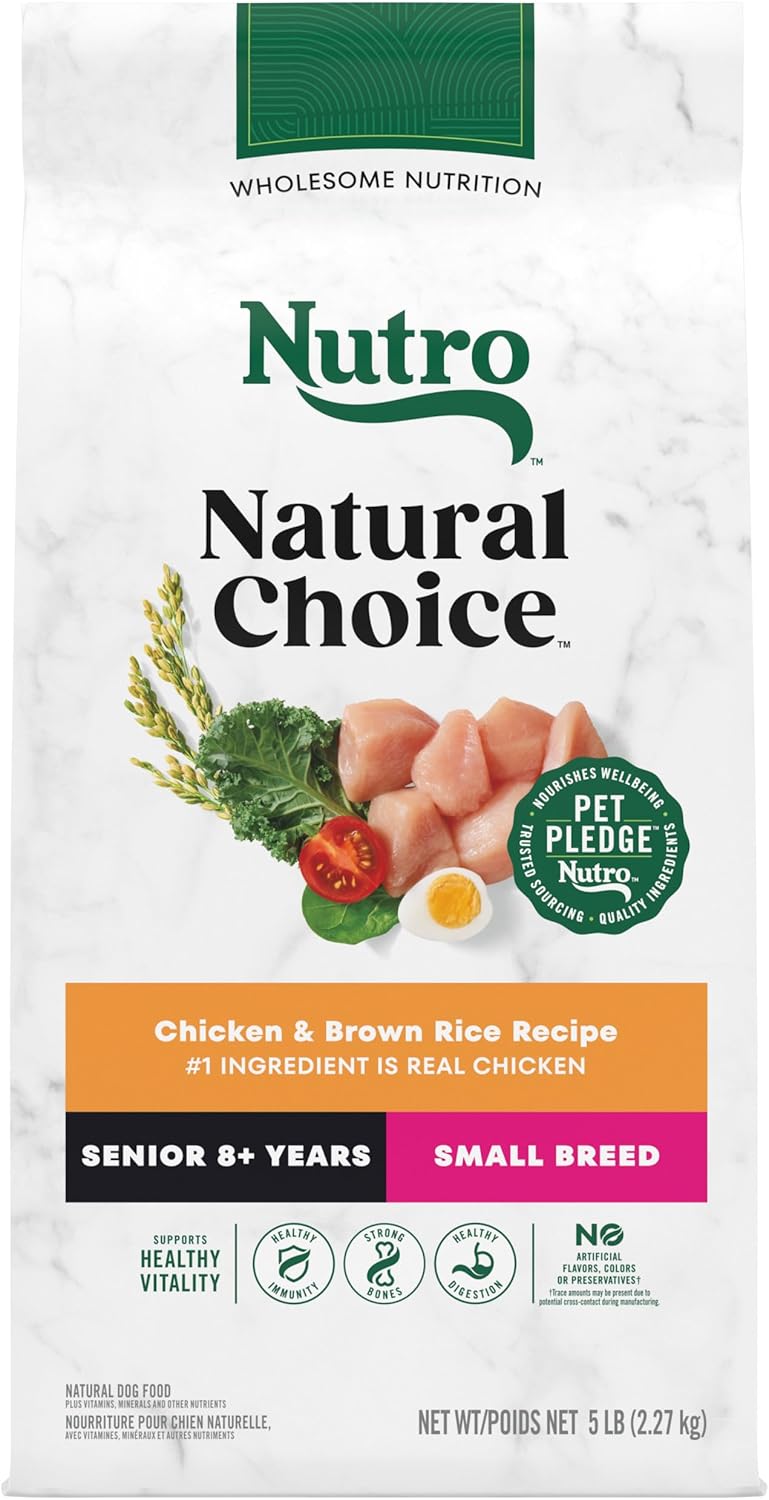
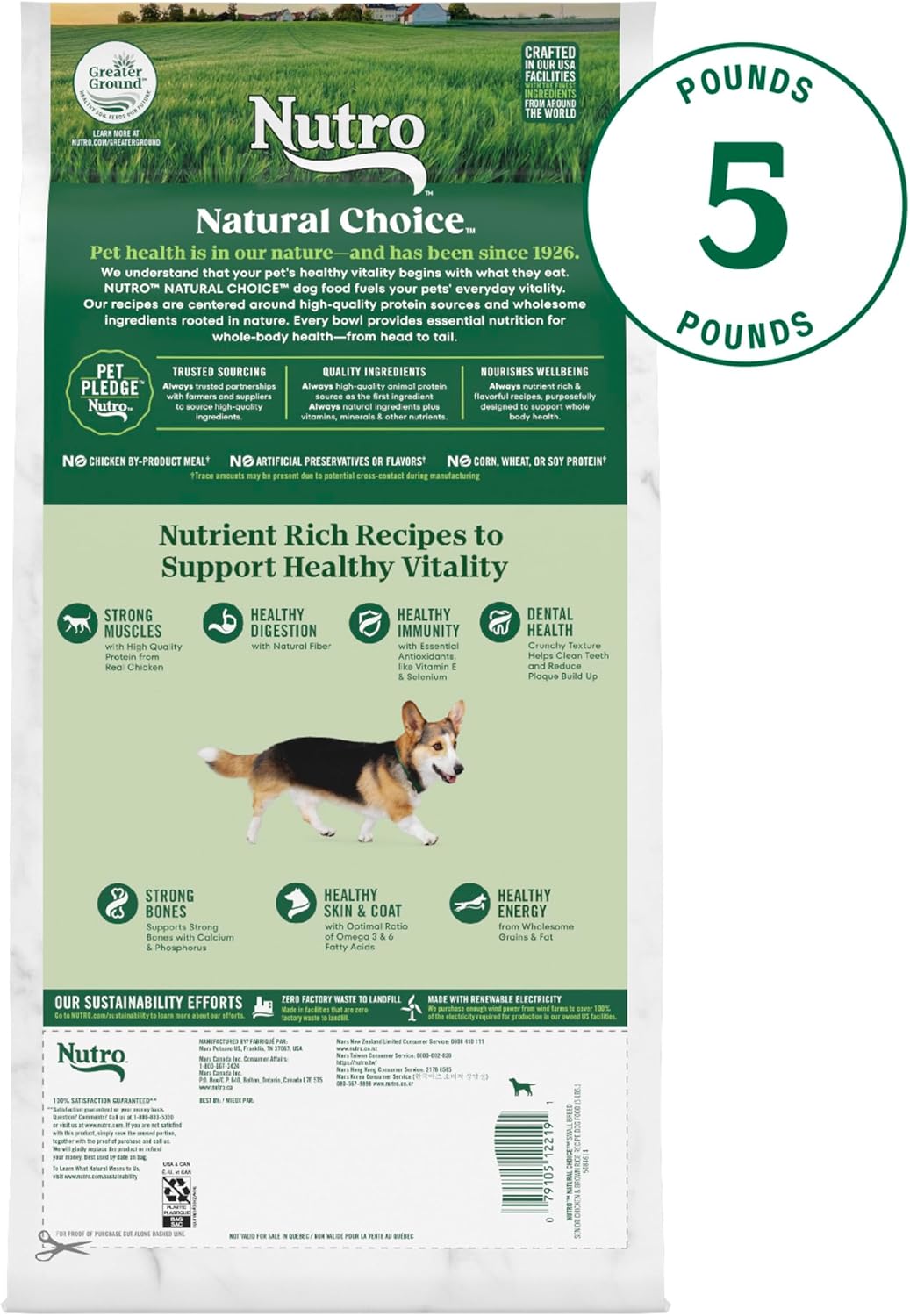
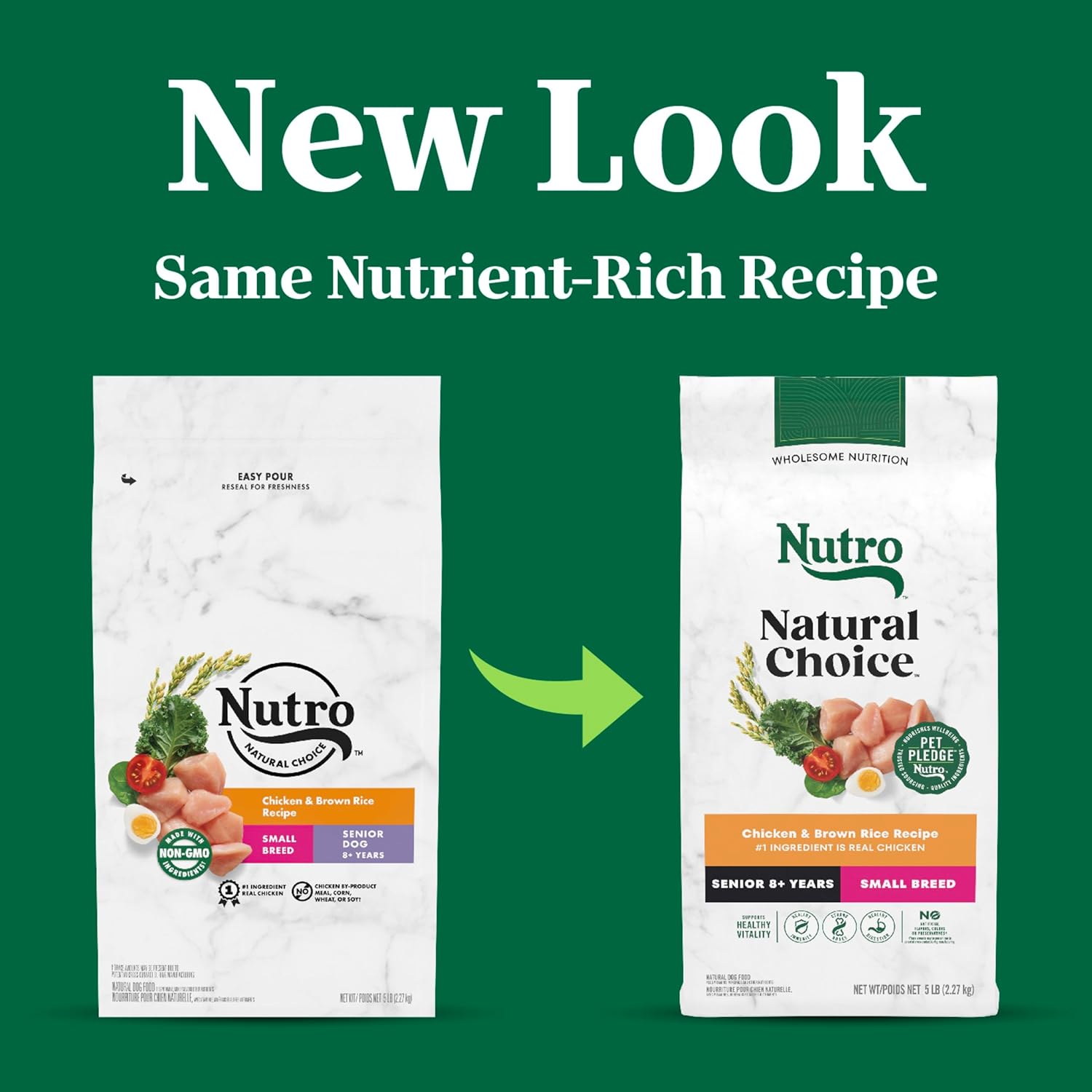

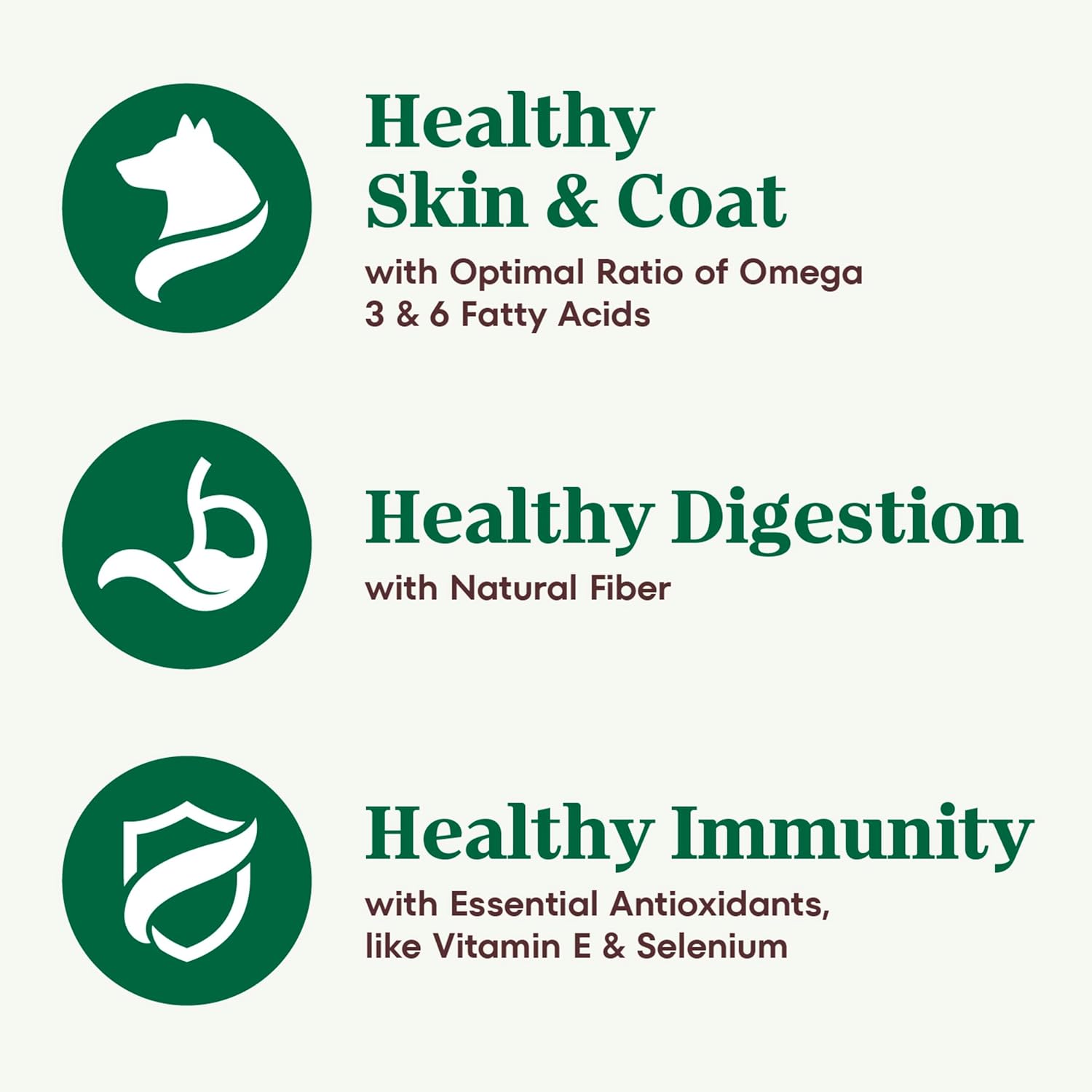
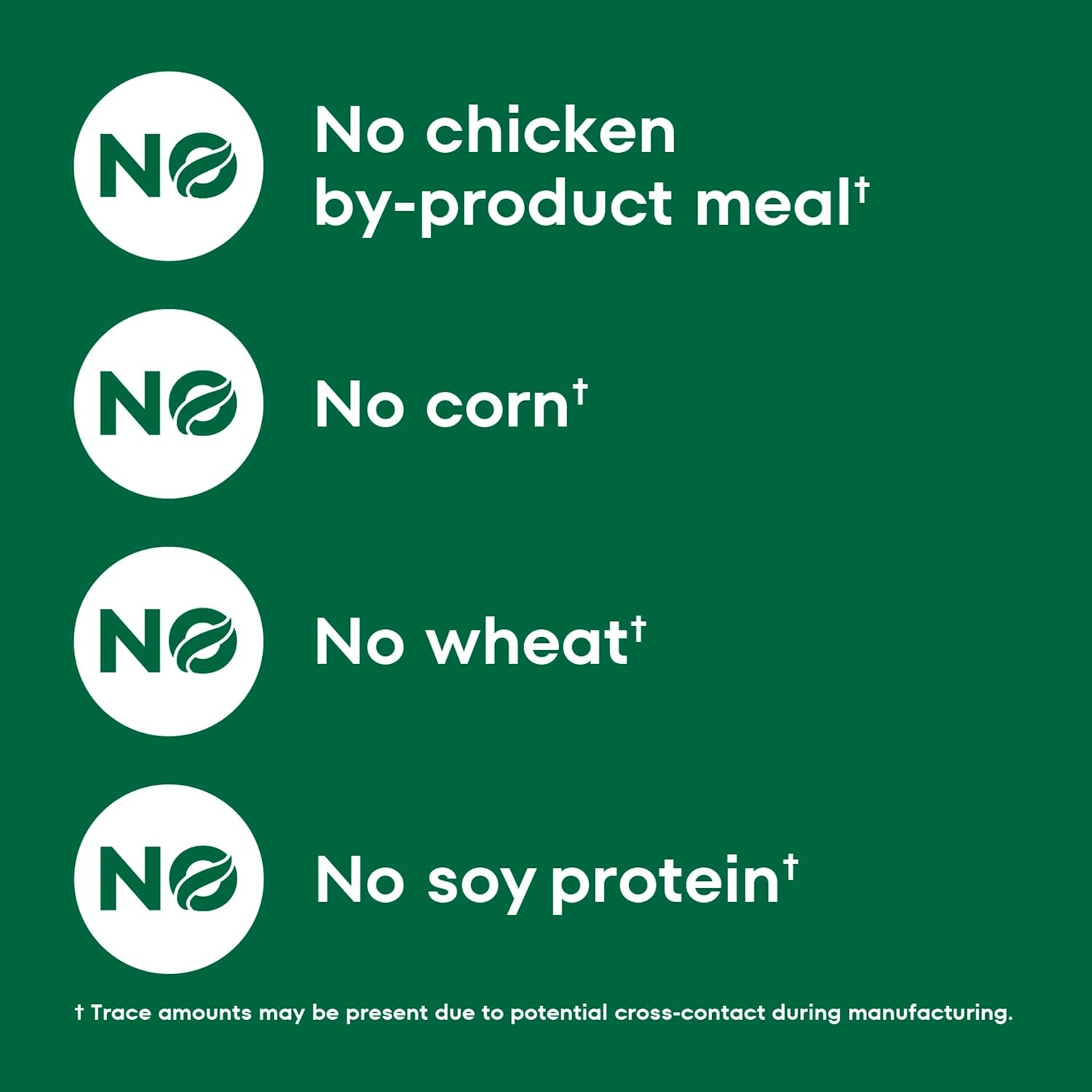
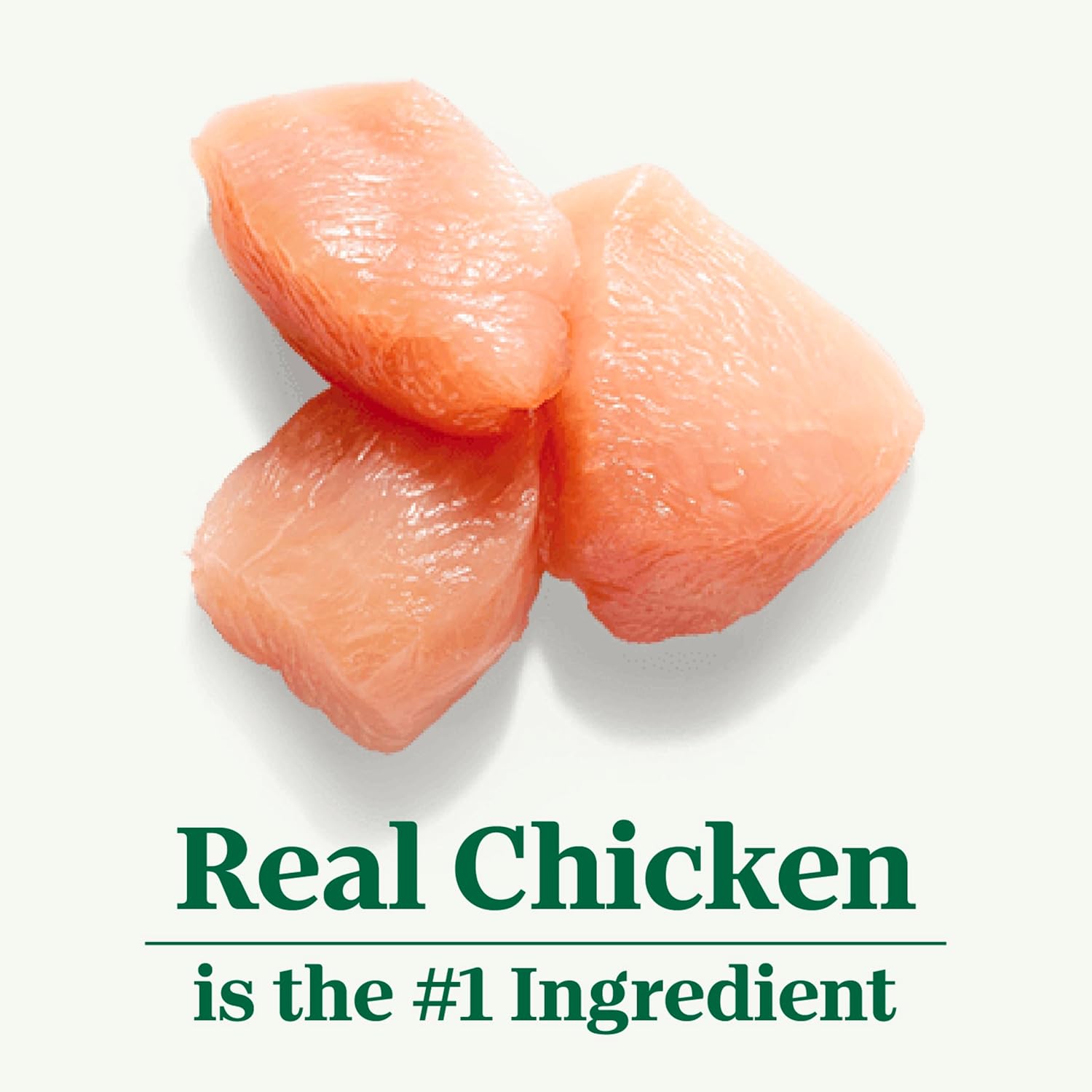
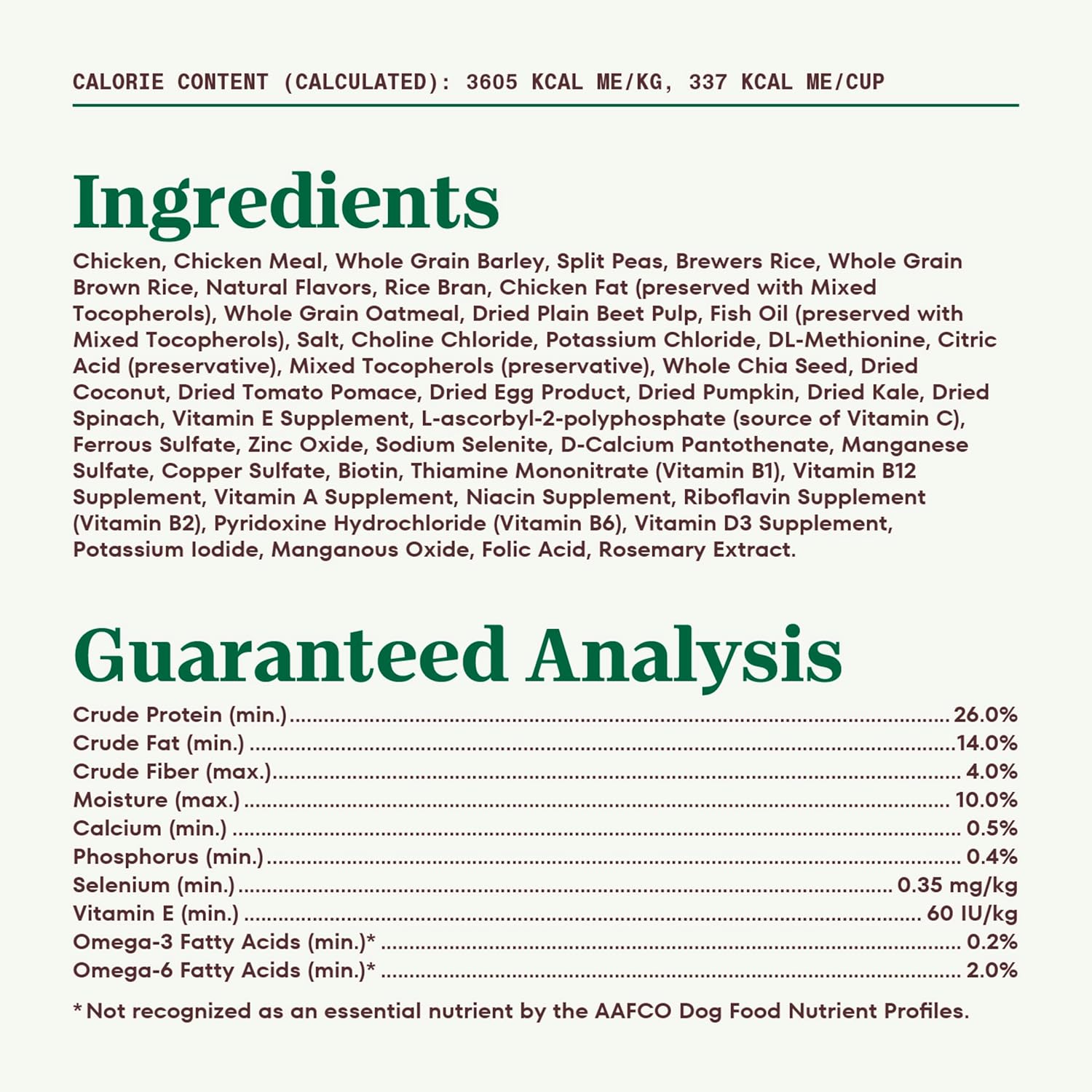
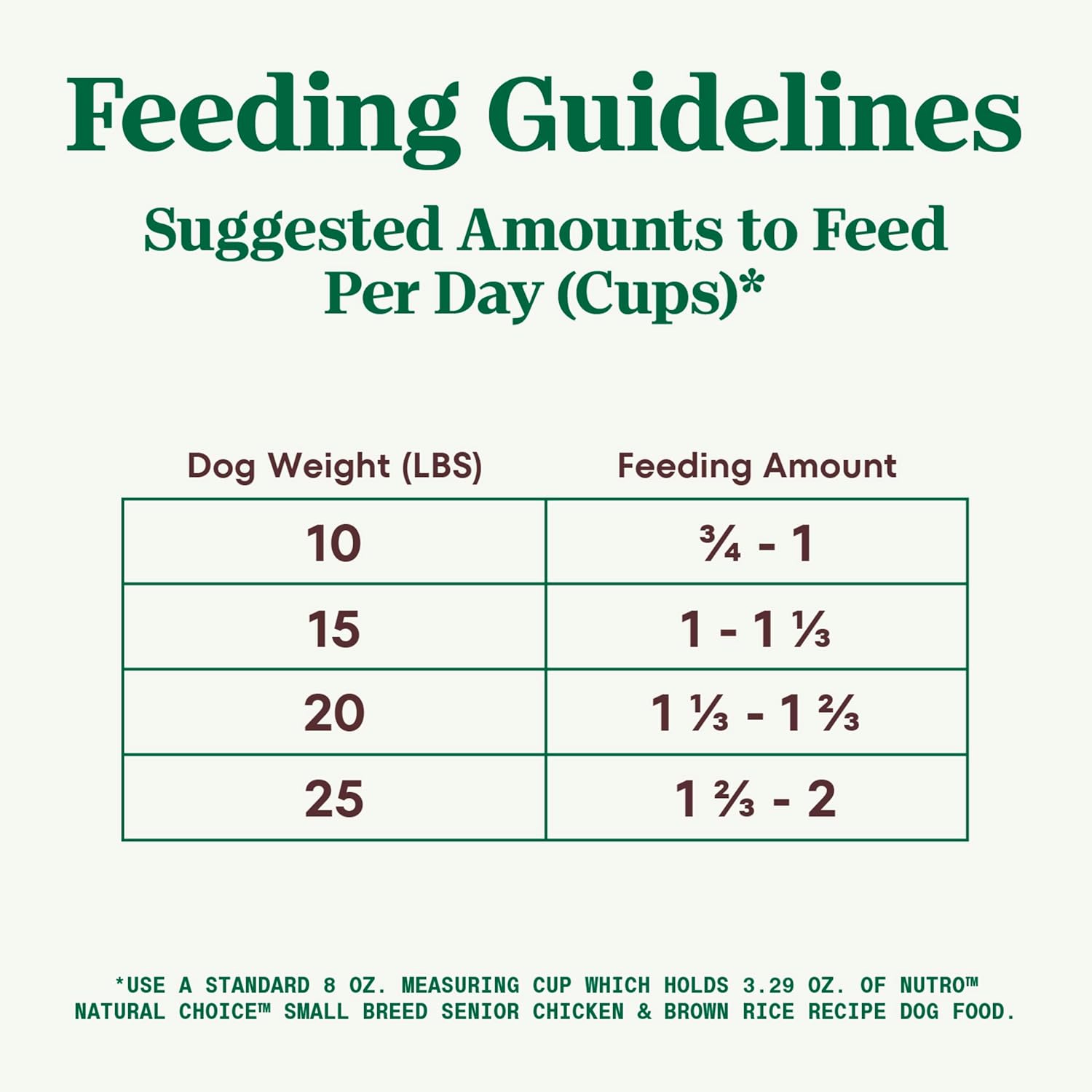
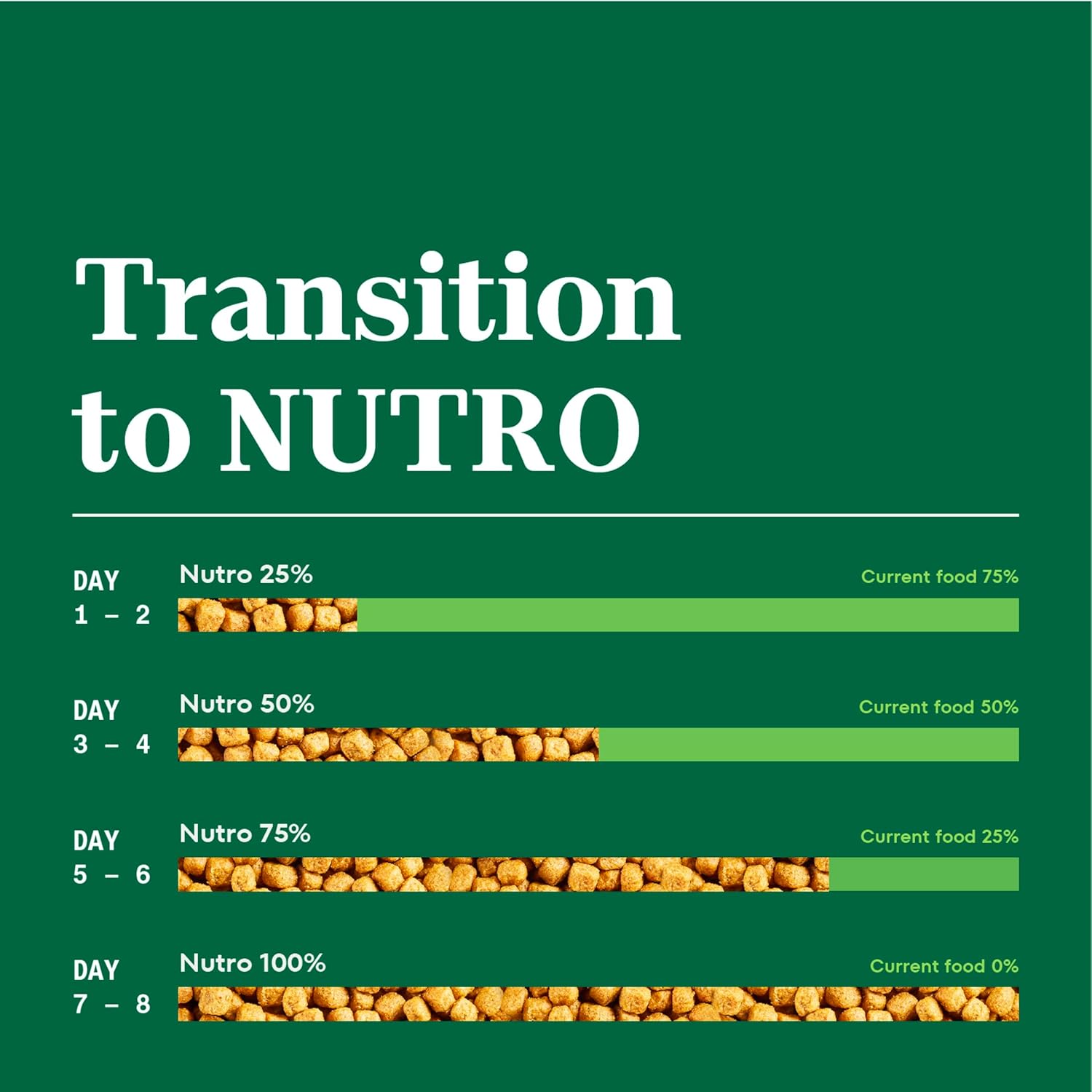
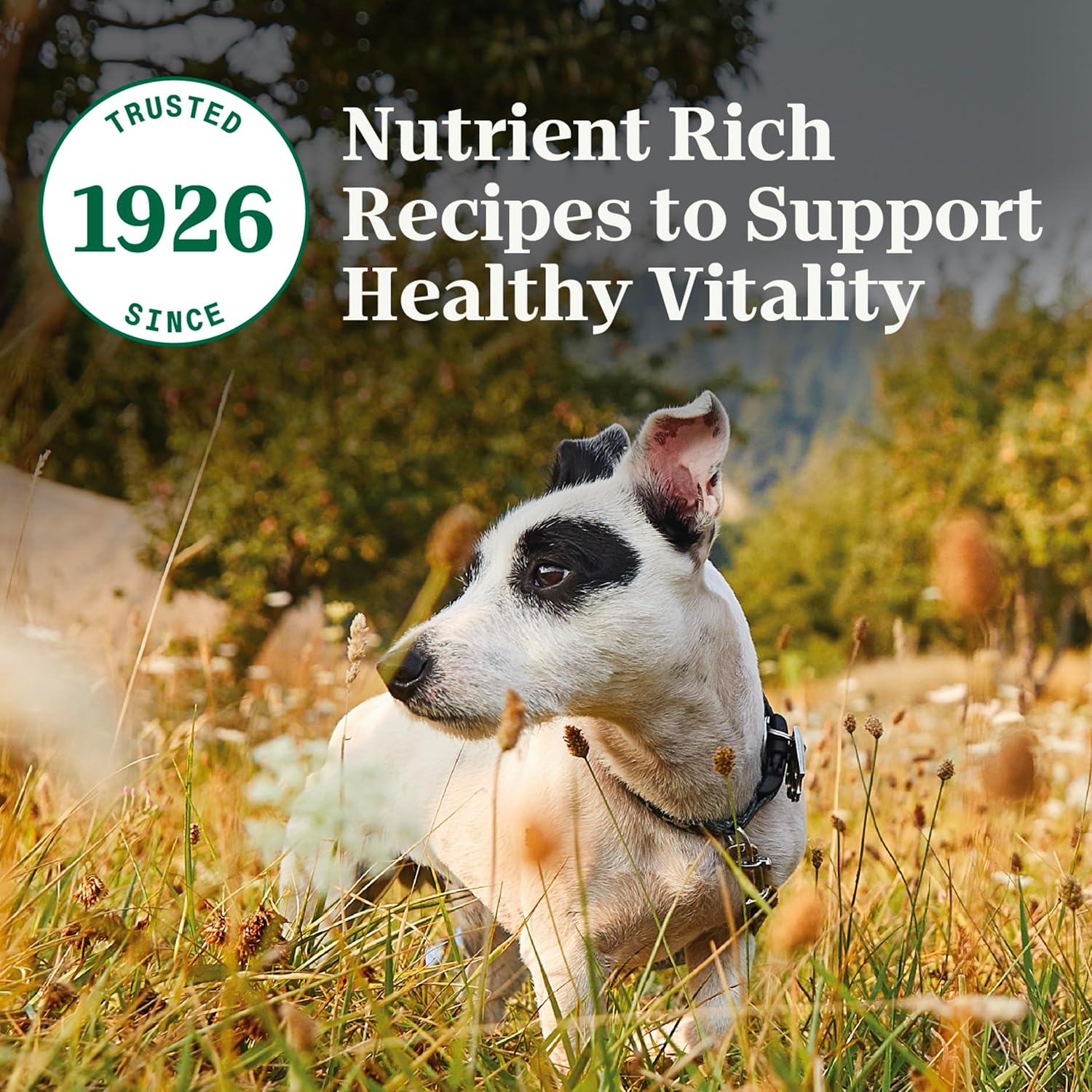
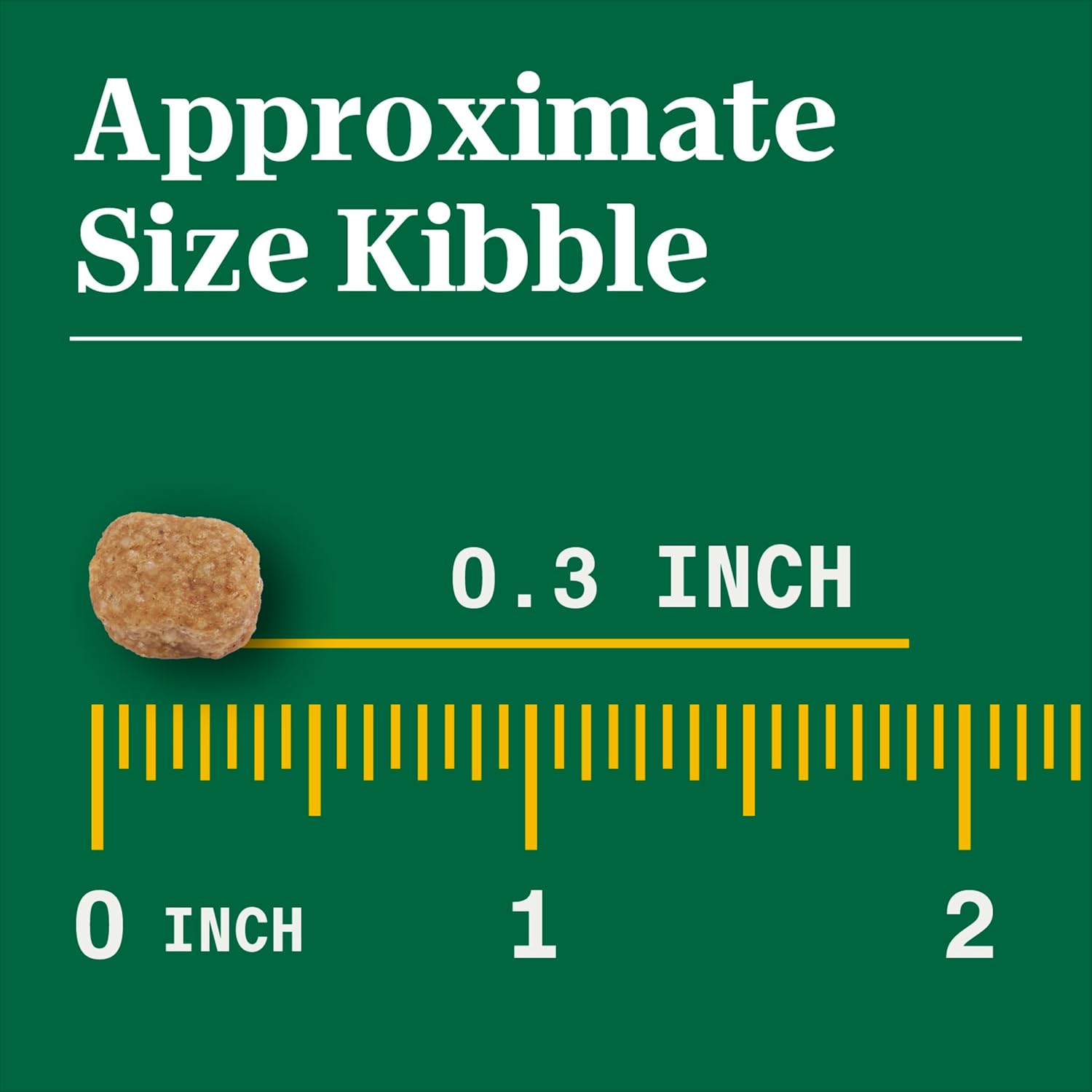
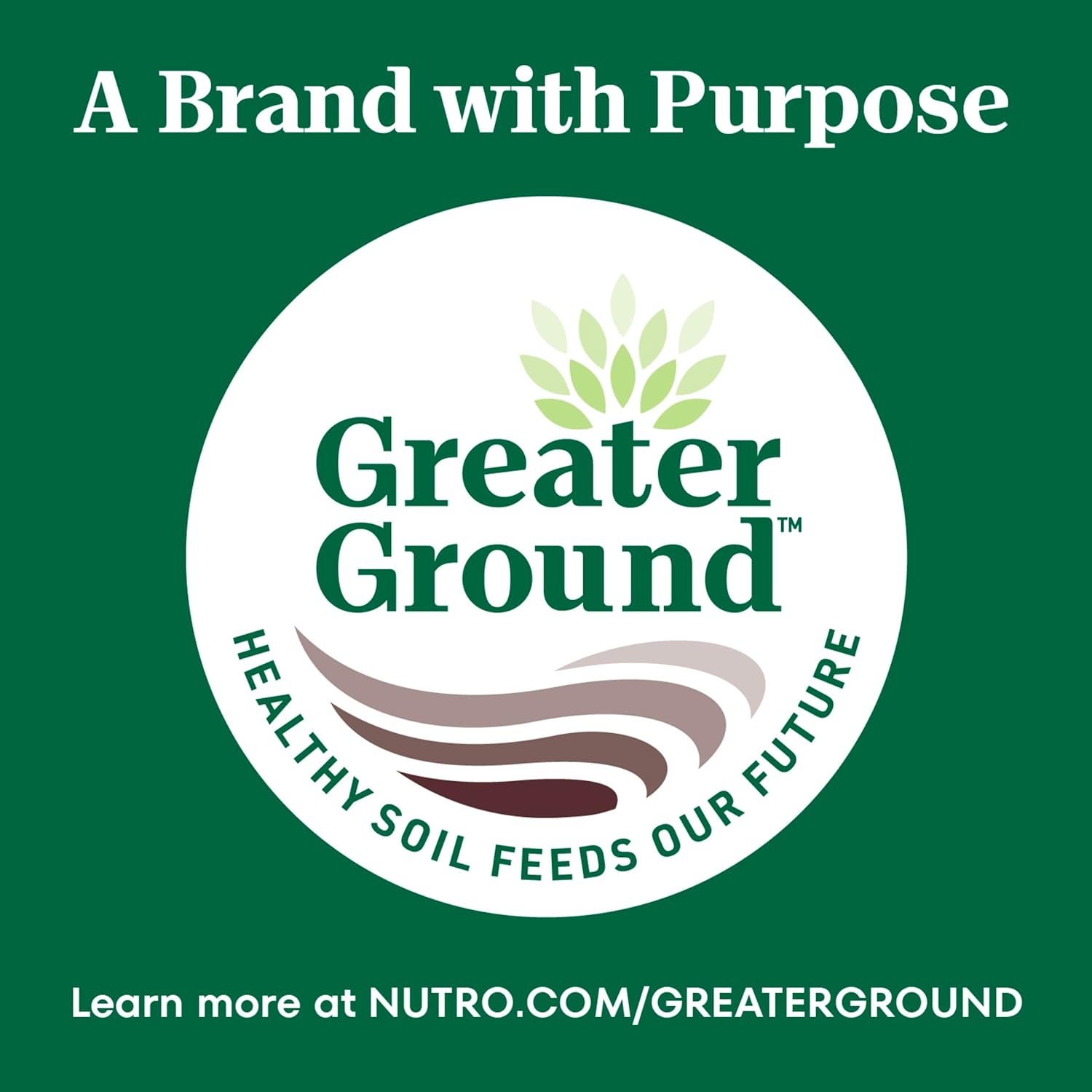
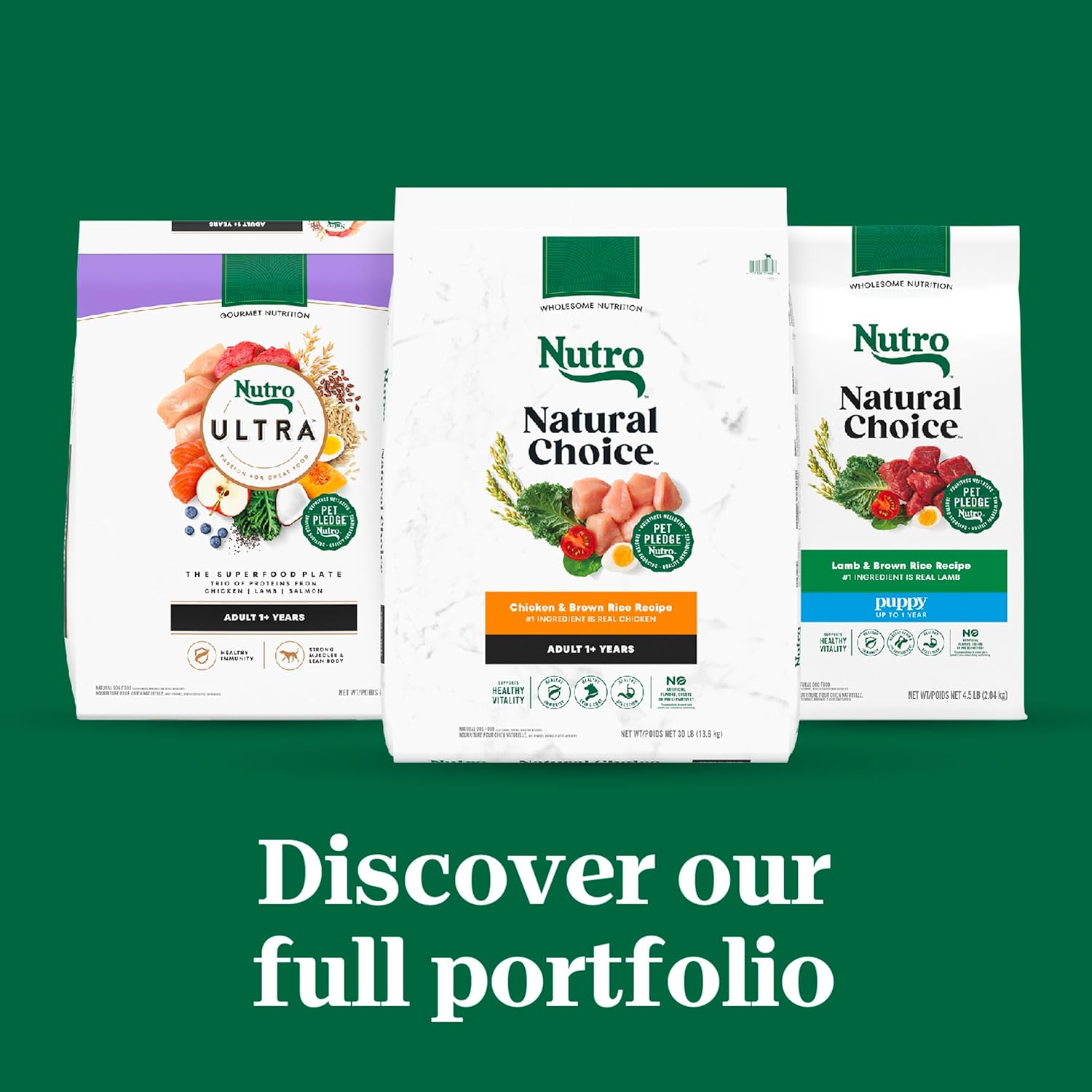
Price: $20.98 - $15.97
(as of Sep 08, 2025 03:25:22 UTC – Details)




